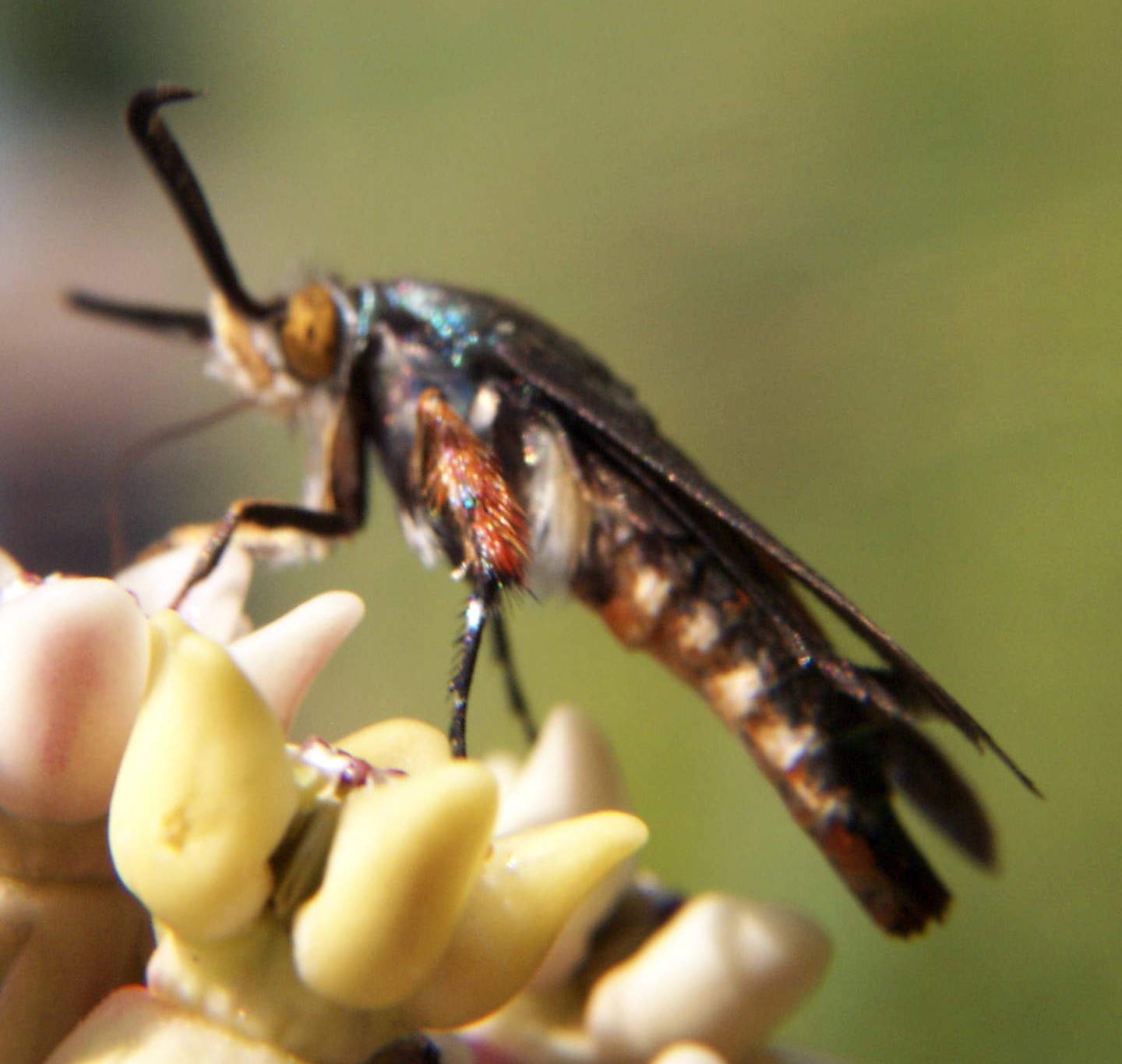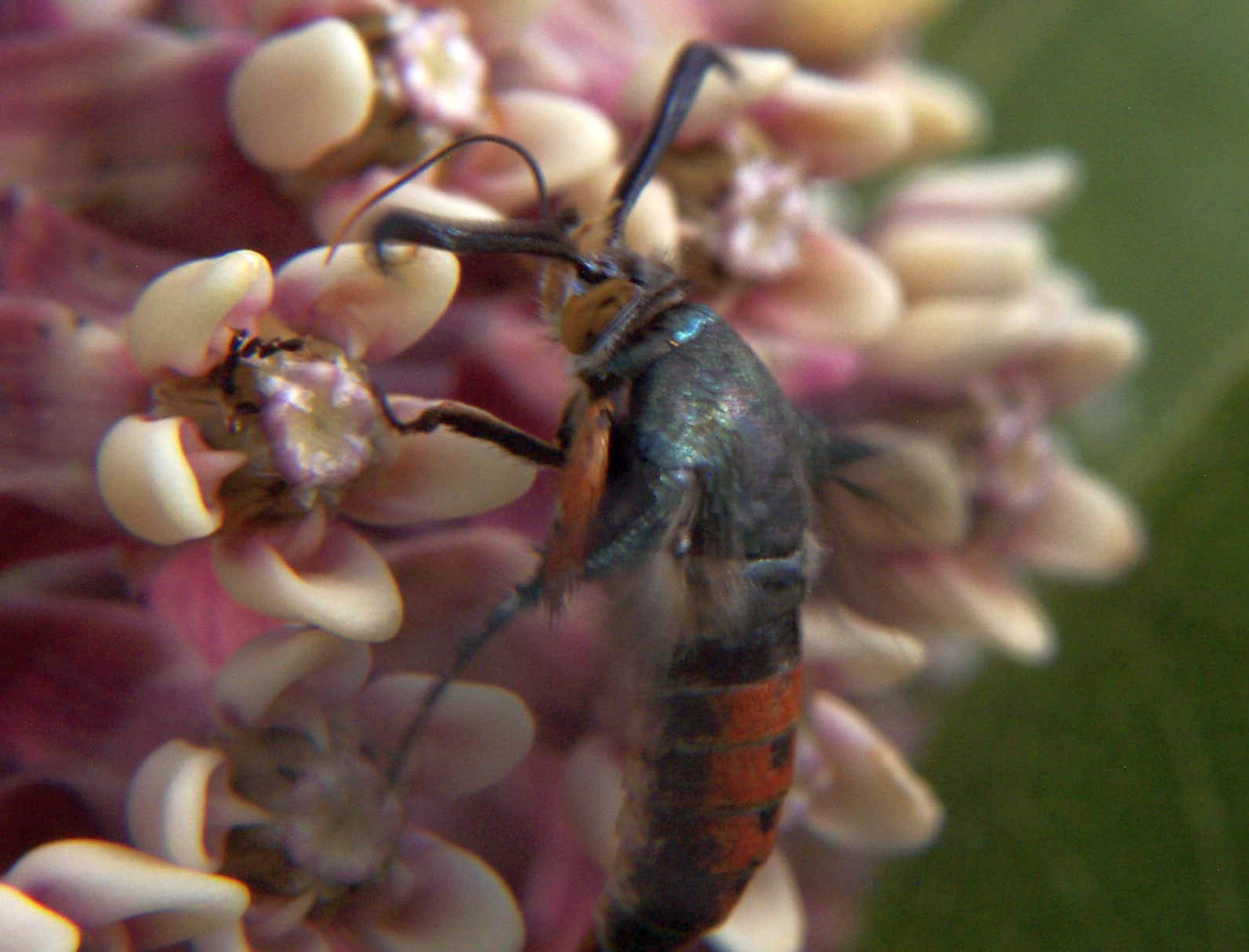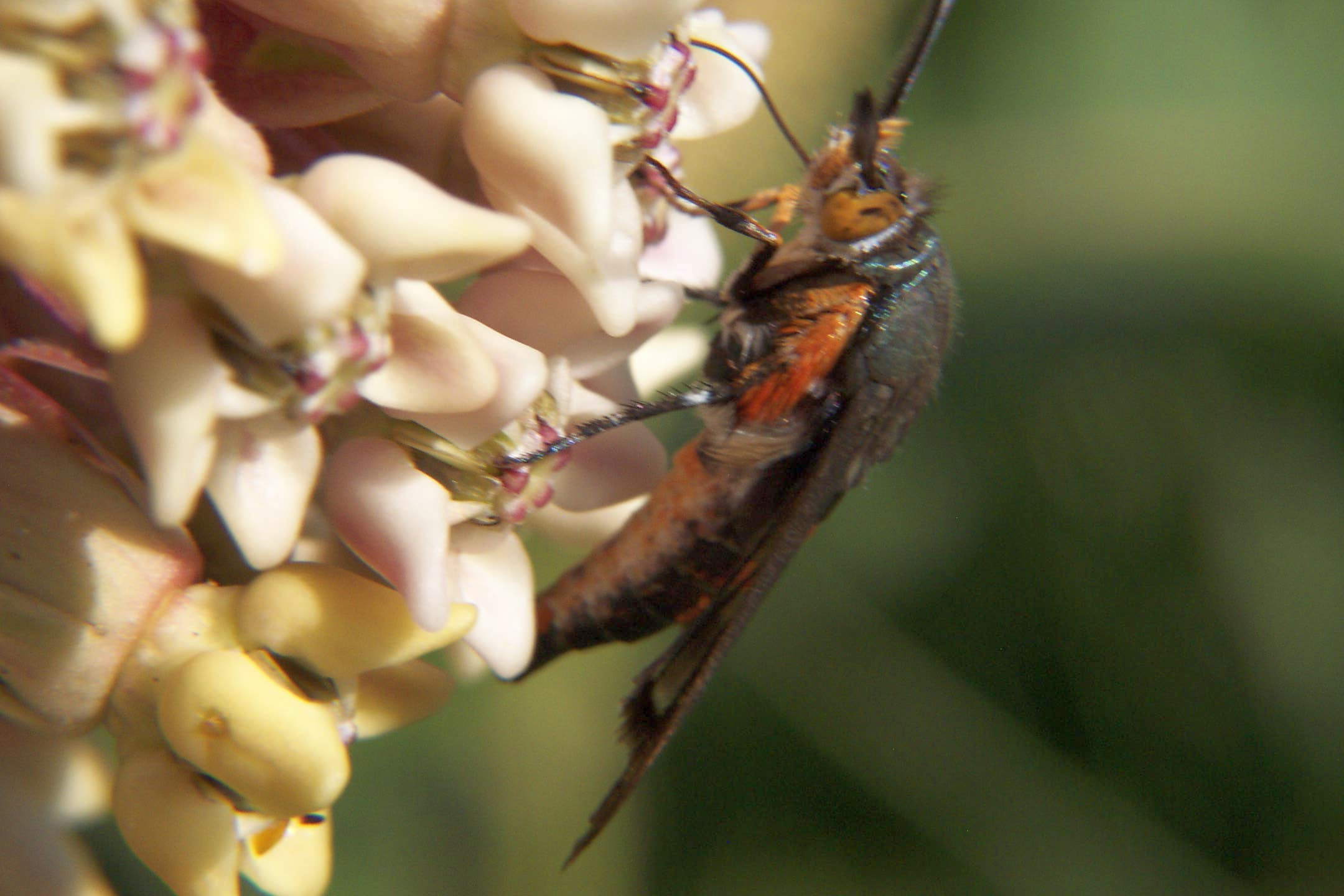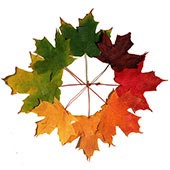Squash Vine Borer Moth – Melittia satyriniformis
Family: Sesiidae – Clearwing Moths
The Sesiidae are commonly called clearwing moths because of their wings’ lack of the usual Lepidopteran scales makes them transparent. The bodies are generally striped with yellow or orange and they have simple antennae. It is thought these moths are Batesian mimics or wasps and hornets.
The adult moths have long, narrow front wings and shorter, wider hind wings. The hindwings, and in some species the front wings are transparent. These moths fly during the day and at twilight.
Adult clearwings are known to enhance their mimicry of wasps by intermittently running while rapidly vibrating their wings.
Please forgive the poor quality of these old photos. 2004 saw me shooting in natural light with a point-and-shoot Kodak digital camera.
Moths Index | Moths
Butterflies Main | Butterflies Index



